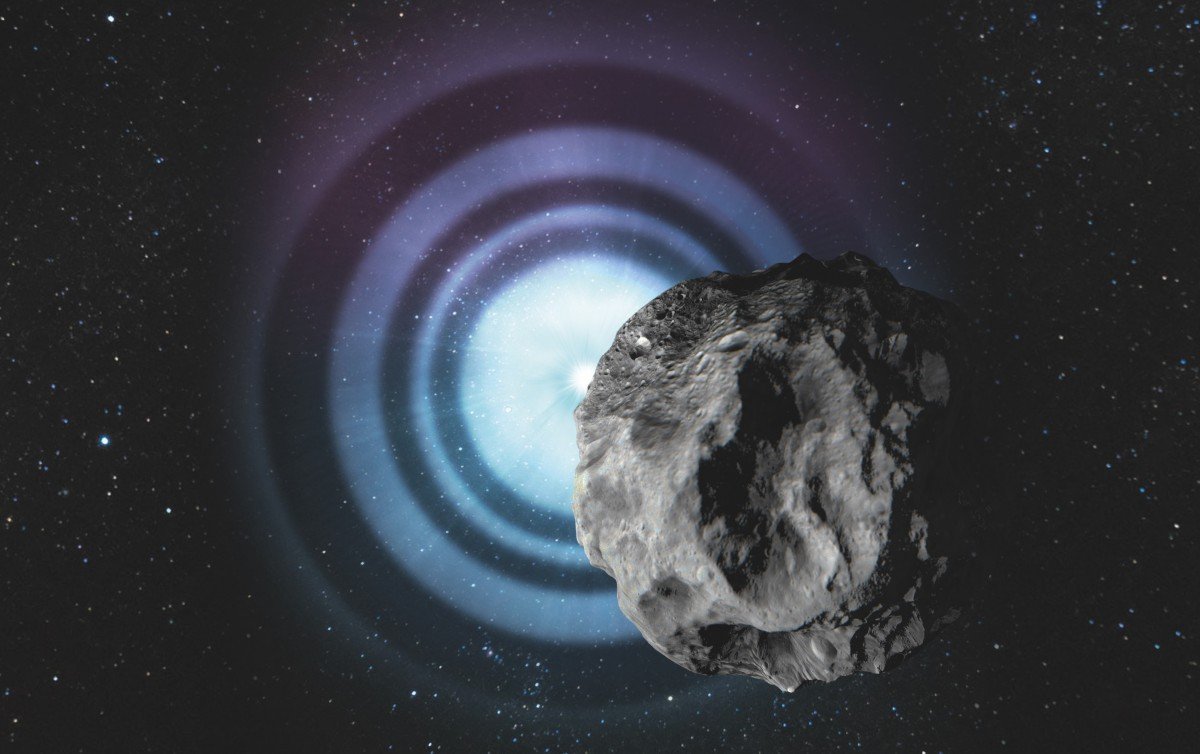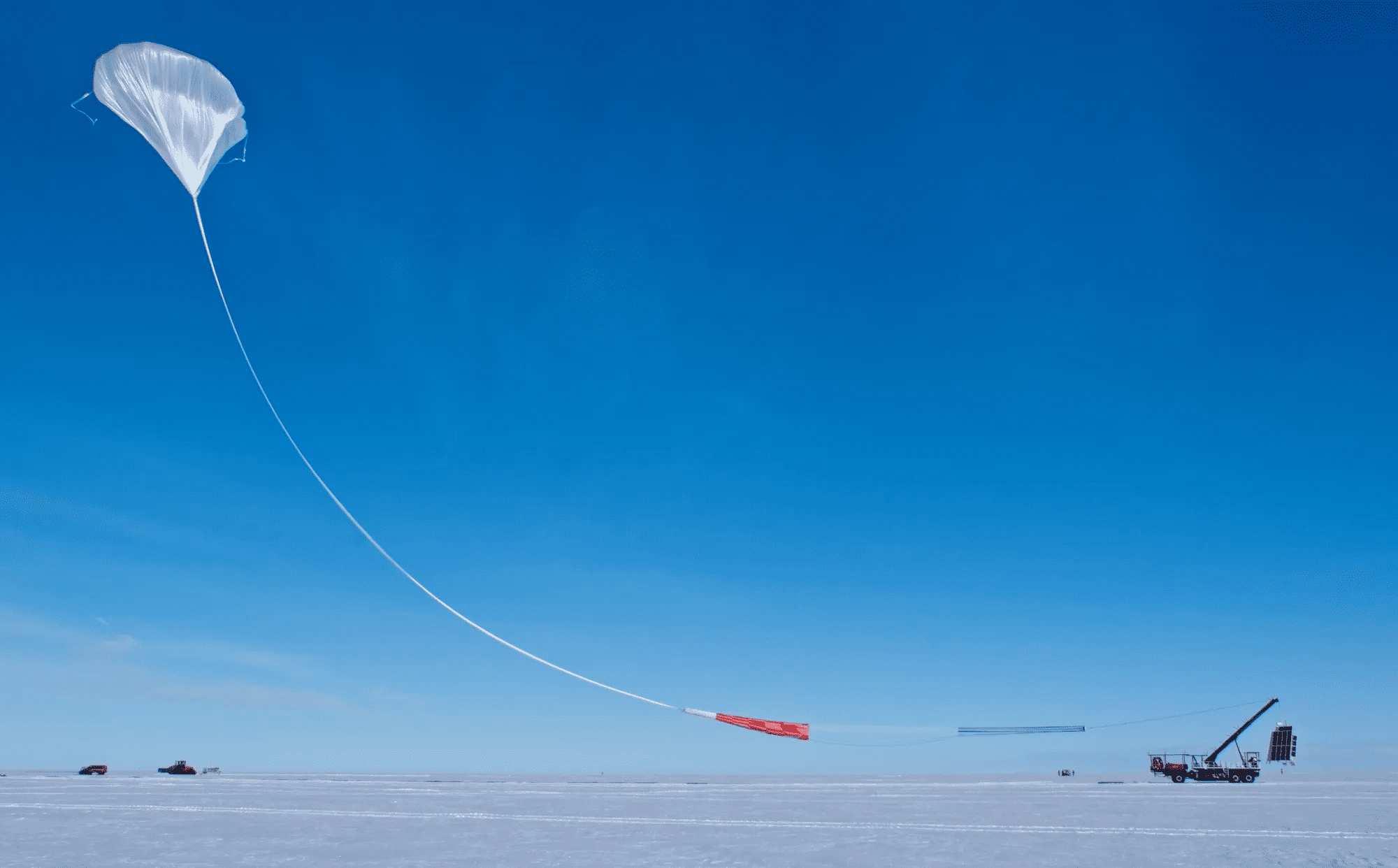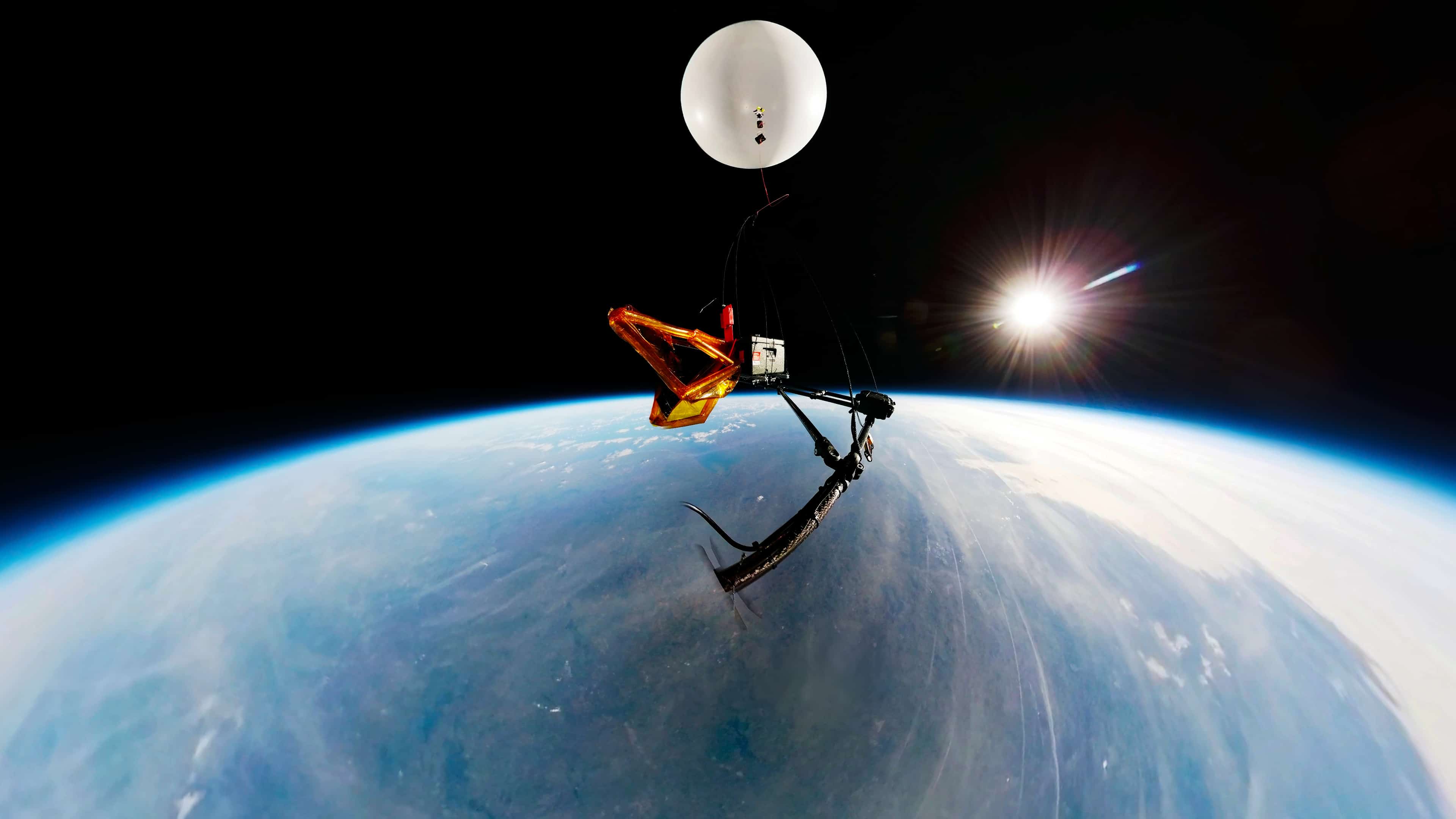
Asteroids sharing their orbits with the planet Neptune have been observed to exist in a broad spectrum of red color, implying the existence of two populations of asteroids in the region. One of these populations, according to a new study by an international team of researchers, may have formed billions of miles away from the Sun and they effectively act as a time capsule, recording the initial conditions of the Solar System. The Royal Astronomical Society (UK) explained this new finding in a press release.
The team of scientists from the USA, California, France, the Netherlands, Chile, and Hawaii observed 18 asteroids sharing the orbit of Neptune, known as Neptunian Trojans. They are between 50 and 100 km in size and are located at a distance of around 4.5 billion kilometers from the Sun. Asteroids orbiting this far away are faint and so are challenging for astronomers to study. Before the new work, only about a dozen Neptunian Trojans had been studied, requiring the use of some of the largest telescopes on Earth.

How the observation worked
Of the 18 observed Neptunian Trojans (with data being gathered over the course of two years) several were much redder than most asteroids and compared with other asteroids in this group looked at in previous studies. Redder asteroids are expected, as mentioned, to have formed much further from the Sun; one population of these is known as the Cold Classical trans-Neptunian objects found beyond the orbit of Pluto, at around 6 billion kilometers from the Sun. The newly observed Neptunian Trojans are also unlike asteroids located in the orbit of Jupiter, which is typically more neutral in color.
The redness of the asteroids implies that they contain a higher proportion of more volatile ices such as ammonia and methanol. These are extremely sensitive to heat, and can rapidly transform into gas if the temperature rises, so are more stable at large distances from the Sun. The location of the asteroids at the same orbital distance as Neptune also implies that they are stable on timescales comparable to the age of the Solar System.
Ancient formation
The presence of redder asteroids among the Neptunian Trojans suggests the existence of a transition zone between more neutral-colored and redder objects. The redder Neptunian asteroids may have formed beyond this transition boundary before being captured into the orbit of Neptune. The Neptunian Trojans would have been captured into the same orbit as the planet Neptune when the ice giant planet migrated from the inner solar system to where it is now, some 4.5 billion kilometers from the Sun. Lead author of the study, Dr Bryce Bolin of the NASA Goddard Space Flight Centre believes that this successful space observation now allows researchers to start to see major differences between asteroid groups.
Selected for you!
Innovation Origins is the European platform for innovation news. In addition to the many reports from our own editors in 15 European countries, we select the most important press releases from reliable sources. This way you can stay up to date on what is happening in the world of innovation. Are you or do you know an organization that should not be missing from our list of selected sources? Then report to our editorial team.







